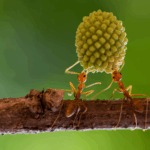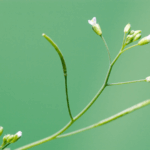In a groundbreaking collaboration, scientists from the Chinese mainland and Britain have discovered a treasure trove of untapped genetic diversity in historic wheat collections—think of it as finding a secret level in your favorite video game 🎮. Their study, published in Nature, reveals that 60% of wheat’s genetic potential remains unused, offering a golden opportunity to supercharge modern crops against climate threats and food shortages.
The team, led by the Agricultural Genomics Institute in Shenzhen and the UK’s John Innes Centre, analyzed centuries-old wheat varieties stored in gene banks. 🌾 These ‘genetic time capsules’ could help breeders develop tougher, higher-yielding wheat strains—critical as global populations rise and climate change reshapes agriculture.
💡 Why it matters: Wheat feeds over a third of humanity. Unlocking these genetic secrets could mean heartier crops, fewer pesticides, and better nutrition. As one researcher put it: ‘It’s like discovering a new set of tools to future-proof our food supply.’
Next steps? Scientists are now racing to identify key genes for traits like drought resistance and disease tolerance. With food security topping the global agenda, this cross-border partnership proves science knows no borders 🌍🤝.
Reference(s):
Chinese, British scientists tap unused historic wheat collection
cgtn.com





